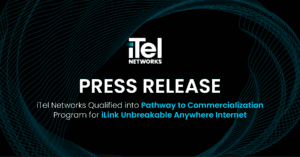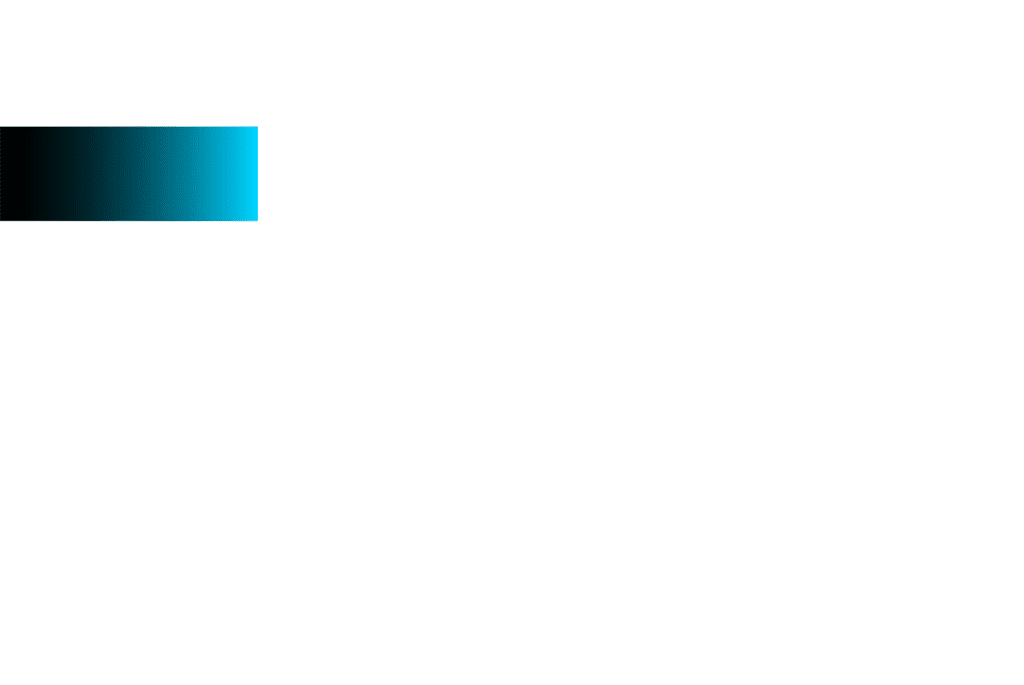Upgrading to business fibre internet introduces new levels of productivity, reliability and speed to your business operations. Internet connectivity is a major component of the technology infrastructure that supports your business. Downtime can impact a wide range of processes from communications through to transactions on cloud-based applications. Connectivity is no longer about supporting email and a little web browsing in the lunchroom – but investing in an upgrade can’t be done on impulse.
For all of your online business processes, business fibre is the ideal connection in terms of speed and quality. Business fibre is superior to copper and coaxial cable technology because it offers higher bandwidth, faster upload and download times, improved security and a more manageable long-term cost of ownership. However, the initial price tag can be intimidating, so you should feel confident that you’re getting what you need.
There are several key factors that affect the cost of a fibre internet upgrade for your business:
Is your building on-net?
An important first step is to determine if your building is on-net. This means that the fibre facilities are already physically in the building and connected to the Internet Service Provider’s (ISP’s) network. If the building’s fibre only extends to a pole or an underground handhold, this is not considered an on-net building.
Upgrading will be easier, cheaper and faster if fibre is already installed. If the building is on-net, you eliminate the costs of not only installation but also obtaining the necessary permits. Both permitting and construction costs can be highly variable depending on where your business is located.
If your company is contemplating a move, it’s a good idea to ask ahead of time whether the potential location is on-net. Lighting a building for fibre is the single most expensive aspect of installation – that’s not something you want to come as a surprise!
Find out if your building is on-net for business fibre
If you aren’t working with an ISP that will do this for you, start by identifying the major business fibre carriers in your area. There are also online tools that may be able to identify whether your building is on-net.
This can be time-consuming, so before you move to do this yourself, talk to a network provider. Including the discovery process in your contract can save you a lot of headaches.
What if you’re NOT on-net?
If you determine that your building requires a business fibre installation, several factors will influence the process. While assessing the cost requires an on-site evaluation, some aspects are universal:
- The distance of the fibre ring: This is the single biggest factor impacting the cost of your installation. If your building is near the fibre ring, your costs will be much lower than if it is a mile away.
- The presence of an existing conduit: If your building has an existing conduit, it will make your installation simpler and help keep your costs down.
- Physical obstacles: Railroad tracks, a river, or other barriers can introduce additional costs to a business fibre installation.
- On-site storage space: If your equipment room is already packed, you may need to budget for creating more space.
- Power sources: Determine whether there is adequate power in your telco room to support business fibre. Don’t forget to include an emergency generator that can activate the service. Upgrading your power supply can increase costs for your installation, but this is something you want to feel confident in. Considering how many mission-critical applications rely on the internet, an outage can devastate your revenue. Additionally, running VoIP means your phones require the internet to function – an outage can be a big problem if you need to call 911!
- Size of the building: The cost of the installation is somewhat influenced by the size of the building.
How much will it cost to upgrade to business fibre?
There’s no universal price tag for acquiring business fibre, but the single biggest factor is whether your building is fibre on-net. If so, your installation cost should be straightforward and relatively low.
That doesn’t mean that installing business fibre is automatically too expensive if you’re in a building that’s not on-net. Fibre connectivity can quickly pay for itself by enabling improved productivity and faster innovation. Strong, reliable connectivity can be the foundation for creating great customer experiences, leading to more loyalty and more sales. Assessing what your business needs from an internet connection – both now and in the future – can help determine when to make the investment.
Should You Install Business Fibre?
Even if you’re working with a carrier known for fast response times, much of the long wait commonly associated with lighting a building is outside of their control. Municipal bureaucracy, the building’s construction and proximity to features like a subway or river can impact wait times. These types of obstacles can impact the installation process and might make construction permits necessary.
To learn more about installing business fibre and what it may cost, contact us at iTel. Our team of experts prides itself on a consultative approach that ensures you get the best possible solution.





